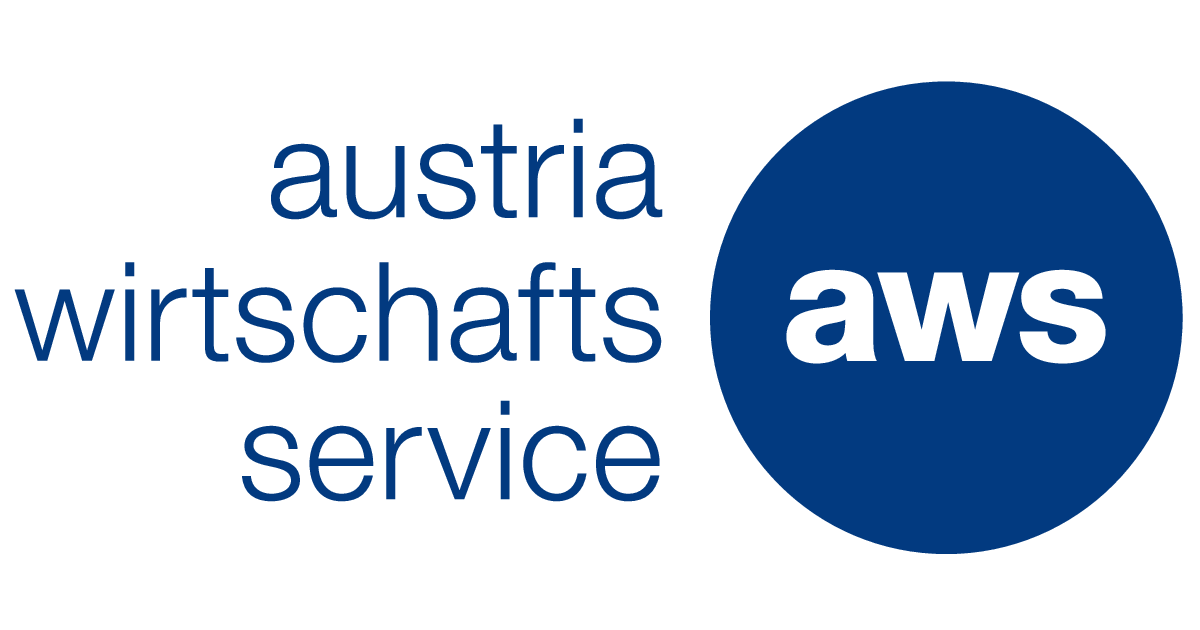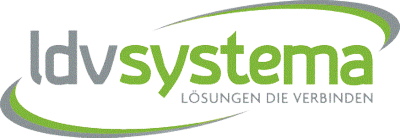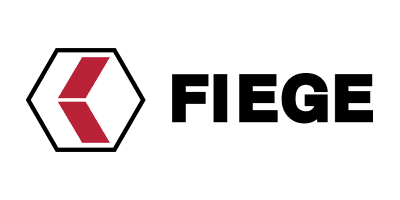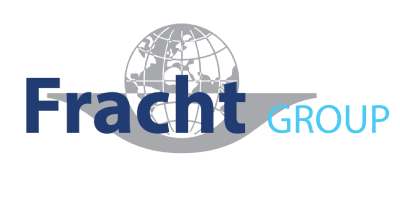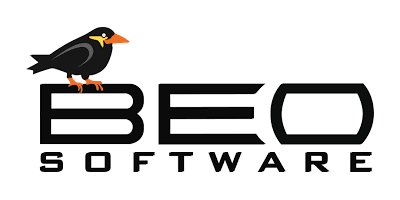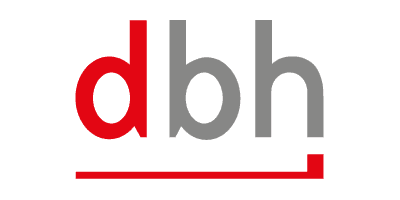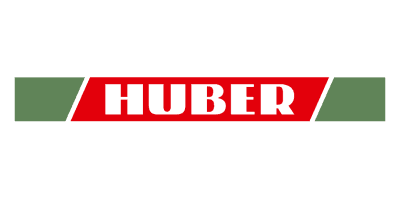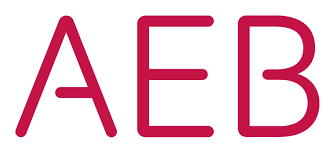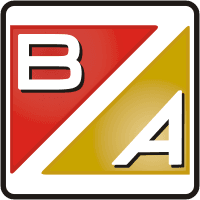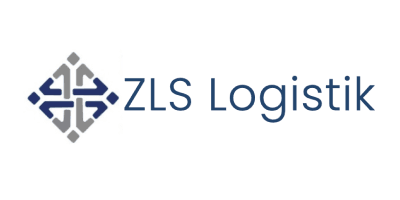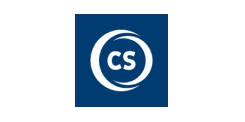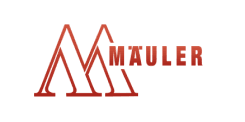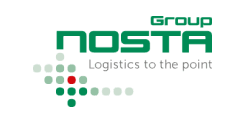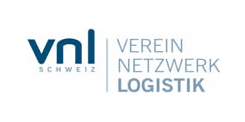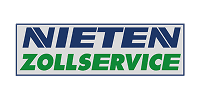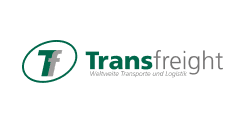How Useful is the Use of ChatGPT in Customs Part 4
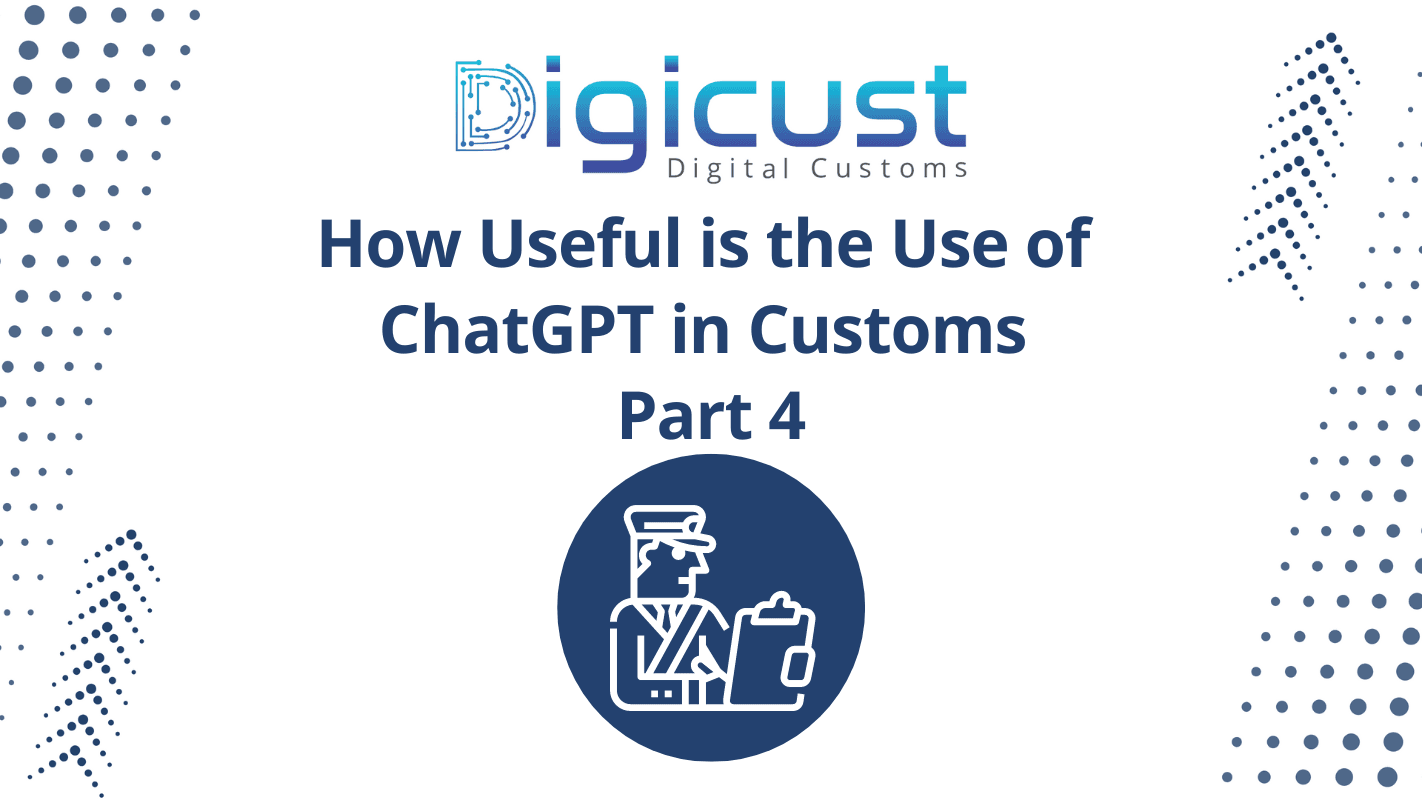
Why ChatGPT is not suitable for tariffing.
As mentioned above, ChatGPT is a language processing model and not a knowledge model, at least not in its current form. It is based on statistical calculations using, among other things, a multidimensional semantic space in which similar words are close to each other. By using matrices and vectors, numerous passes are made to determine which sentences, answers and statements are most likely in a given context. This is the reason why the language model is prone to error.
For artificial intelligence to work effectively, it needs to be trained and developed with content over many years. In the case of ChatGPT, we are talking about billions of words published on websites on the internet up to the year 2021. ChatGPT thus imitates language and does not work according to the logic of a tariff classification expert who classifies goods in the customs tariff on the basis of material properties and intended uses. A practical example illustrates why ChatGPT can reach its limits here.
Practical example: Two tariff experts, A and B, designate the same electric motor differently in the material master, as "x" or "y". However, in the material master of the ERP system C, only the wrong standard text from the customs tariff is stored.In cases A and B, two different customs tariff numbers could therefore be suggested.In case C, ChatGPT confirms a correct classification but does not detect the error.In this example, the AI would not recognise that all three cases are the same product with the same customs tariff number.
ChatGPT 3.5 is based on a snapshot of the World Wide Web from 2021, not the current customs tariff. Even if ChatGPT has access to real-time information from the web, the scarce textual descriptions available in the system about a product would not be sufficient to make an error-free classification for GPT-based automated tariff classification.
In companies where there is no in-depth knowledge of the correct tariffing methodology, the question posed to ChatGPT could already be too imprecise for a correct answer. Special cases, such as ceramic kitchen knives, which do not fall under the general "table or kitchen knives and scissors of non-electrical stainless steel" but under "table and kitchen utensils of ceramic", could possibly be misclassified.
The quality of the data is crucial In order to develop artificial intelligence for tariff setting, a comprehensive and high-quality data set is required that follows the logic of tariff setting. Success also depends heavily on the data quality in the respective companies, which is often not as high as claimed.
Automated data preparation works better the better the data is aligned with each other.Therefore, pricing experts should be aware that they have to contribute to automation.
The most effective approach is close collaboration between AI experts and tariffing specialists. The AI-based tariffing solution must then be trained by qualified experts, which requires continuous monitoring of the results and possible adjustments. Whether automated image capture and weight and size determination can replace manual description of the goods still needs to be further investigated.
Until the error rate of AI is so low that the subject matter expert can be largely replaced, a coexistence of man and machine will probably still exist for some time. The motto is: automation where it makes sense and use of humans where their skills are in demand.
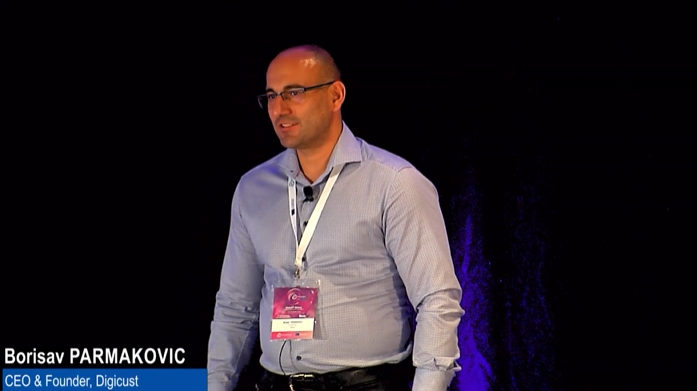
Digicust EIT Manufacturing Pitch
Watch Digicust's full EIT Manufacturing pitch at the recent pitching event in Athens.
News from our Blog
Learn about customs clearance, foreign trade, our product updates and our latest achievements.

